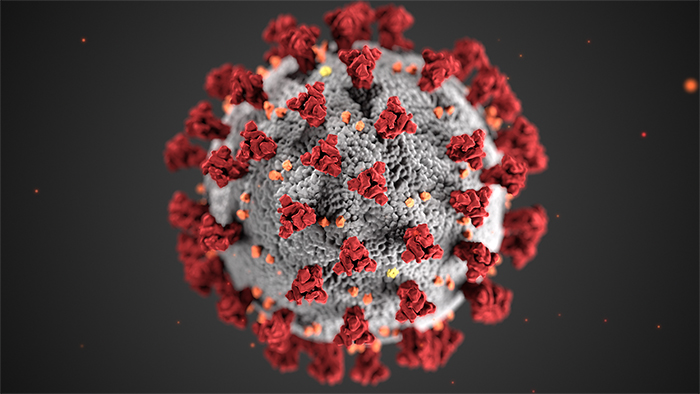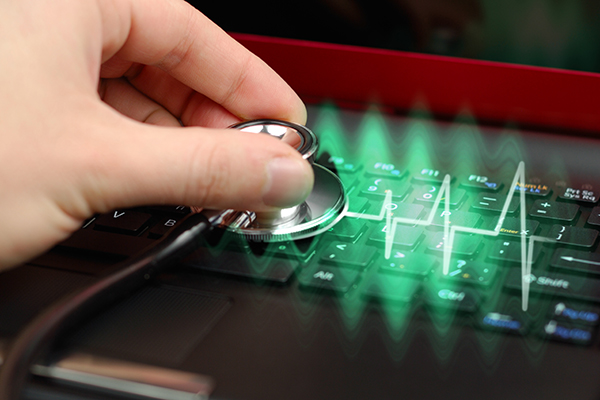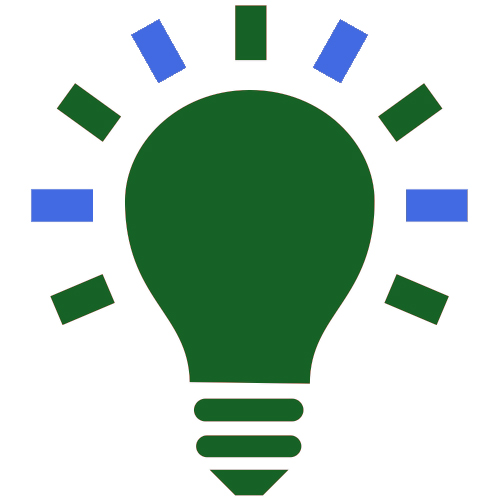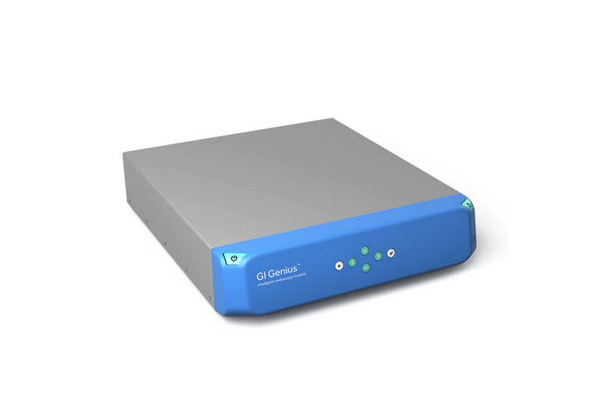
COVID-19 Detection Kits Remain Key Tools in Pandemic Response
Diagnostic advances bode well for the imminent expansion of the global COVID-19 detection kits market, which is expected to be worth $8 billion by 2027.

Diagnostic advances bode well for the imminent expansion of the global COVID-19 detection kits market, which is expected to be worth $8 billion by 2027.

Edge computing brings processing and storage closer to data’s source rather than sending it to a distant data center in the cloud. Edge computing also complements advanced technologies such as artificial intelligence (AI). Here’s a look at why it facilitates the medical imaging progress.

Healthcare services are expanding their ability to leverage data for use cases such as diagnostics, personalized treatment, imaging analysis, patient trend analysis, outcomes predictions, automation and more.

A review of common risks and pitfalls of incorporating artificial intelligence in medical devices and an overview of the regulatory framework.

During the COVID-19 crisis, digital forces like artificial intelligence have assisted the healthcare industry to focus on patient care while achieving improved efficiency during treatments.

GI Genius is based on machine learning and helps clinicians detect lesions in real time during a colonoscopy.

Data, IoT, artificial intelligence, predictive analytics, virtual and augmented reality, and many other technologies will fuel the healthcare system.

We have the opportunity to refine processes that were implemented in a hurry during the pandemic, along with the insight to improve the entire healthcare system.

Quantum computing has spurred the development of new breakthroughs in life sciences from using machine learning methods to diagnose illnesses sooner to identifying materials to make more efficient devices.

Critical care hasn’t had many breakthroughs in recent years and in order to change that, I believe we need to put more of an emphasis on integrating technology—specifically artificial intelligence (AI) —into the field.